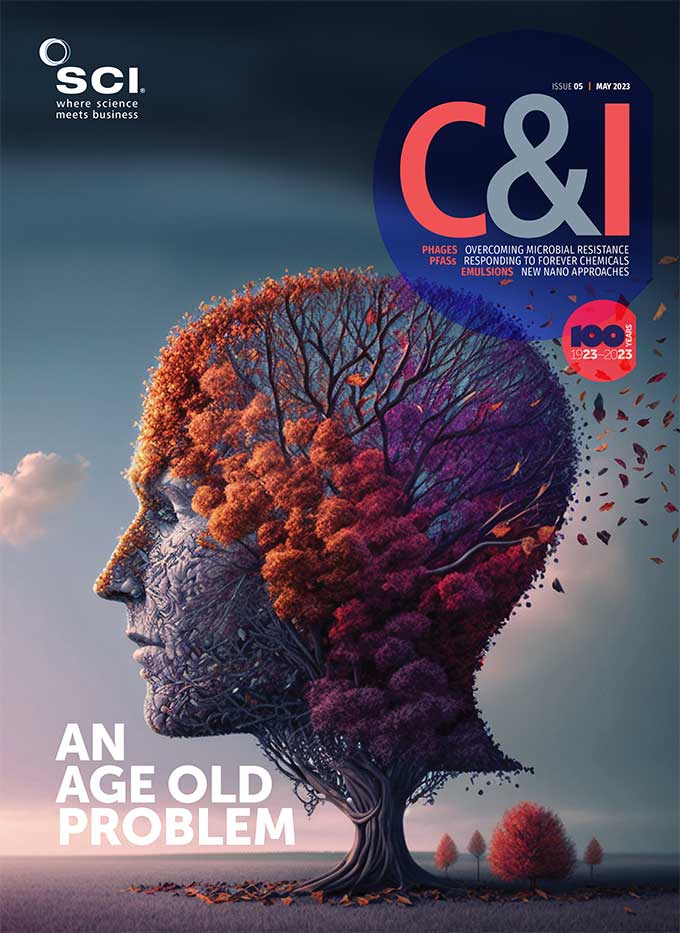Laura Hinton, Chief Operating Officer, Gentronix.
School-age girls tend to perform better than boys in STEM-related subjects, but we need to do more to encourage girls to select these subjects as they continue their education.
Statistics show that less than 30% of the world’s researchers are women and only 12% of members of national science academies are women.[1] Leadership roles in the scientific industry, meanwhile, have historically been dominated by men and this continues to be a trend. While opportunities are available for both men and women, could it be that certain types of roles appeal more to men than women because we can’t see examples of women in certain roles? Or because we don’t think we have the necessary skills for a role even when we likely do?
The good news is we are seeing more women starting to pursue science and other STEM subjects as their chosen careers. The UK is leading the way, with women accounting for 27% of the STEM workforce and over 50% of science professionals.[2] But attracting more female leaders to top science and STEM related roles will require more girls taking these subjects at A-Level and degree level and then entering the workforce. It needs to start early, with fun, engaging science lessons during primary school.
Overall, 57% of students in higher education between 2021 and 2022 were female and since 2015, the proportion of women enrolled in university STEM subjects has increased by 2%.[3] Interestingly, in veterinary sciences, psychology and subjects allied to medicine, nearly four in every five students are female. Between 2020/2021 and 2021/2022 there was a slight increase in the percentage of females studying science subjects – but the total of female science students remains lower than males overall, at 45%.
School-age girls tend to perform better than boys in STEM related subjects, but we need to do more to encourage girls to select these subjects as they continue their education. We also need to address the question as to why, despite liking science in school, young women are not then choosing to make a career in this industry.
The STEM space has some of the most inspiring female leaders and pioneers, one of the most well-known being Marie Curie, the first person to win two Nobel Prizes in two different scientific fields. More recently, Emmanuelle Charpentier and Jennifer Doudna shared the 2020 Nobel Prize in Chemistry for their development of CRISPR genome editing, and Angela McLean has just been appointed as the UK’s chief scientific adviser. In the media, biological anthropologist Professor Alice Roberts is another fantastic, relatable role model visible to young women through her TV roles. Business can also help to create new female role models in several ways. For example, through relevant scholarship and apprenticeship programmes, shining a light on female employees via marketing channels and by visiting careers fairs to talk to future scientists.
Moving away from gender stereotypes is critical to making sure that girls understand there is no reason why they can’t pursue careers that have been traditionally male dominated. Ensuring girls are exposed to STEM on a regular basis, not just at school but also on social media and via family and friends, is important to regularly remind them of the potential careers available.
I was recently introduced to the concept of Science Capital, which relates to what you know, how you think, who you know and what you do with the premise that you can’t be what you can’t see. Regularly topping up a girl’s exposure to science through all these dimensions gives them the best chance of understanding what a scientific career could look like. By educating, nurturing and sponsoring young talent, we can ensure the UK is able to produce the best female scientists of the future – who may just discover the next big breakthrough.
For my own part, my schoolteachers played a large part in my decision to pursue a career in science. I chose to study biology, chemistry, physics and maths at A-level, studied pharmacology at university and went on to gain a PhD in pharmacokinetics during the early stages of my career. I’m now lucky to be based at a science park where there are a number of scientific businesses led by women and they inspire me every day. I’m also fortunate to have worked with men who have championed equality and have encouraged me to be ambitious and have the courage to take risks when I’ve needed to.
References
1 news.un.org/en/story/2023/02/1133367
2 virtualseychelles.com/Handlers/Download.ashx?IDMF=d7899dce-22d5-4880-bbcf-669c0c35bda6
3 explore-education-statistics.service.gov.uk/find-statistics/education-and-training-statistics-for-the-uk/2020





